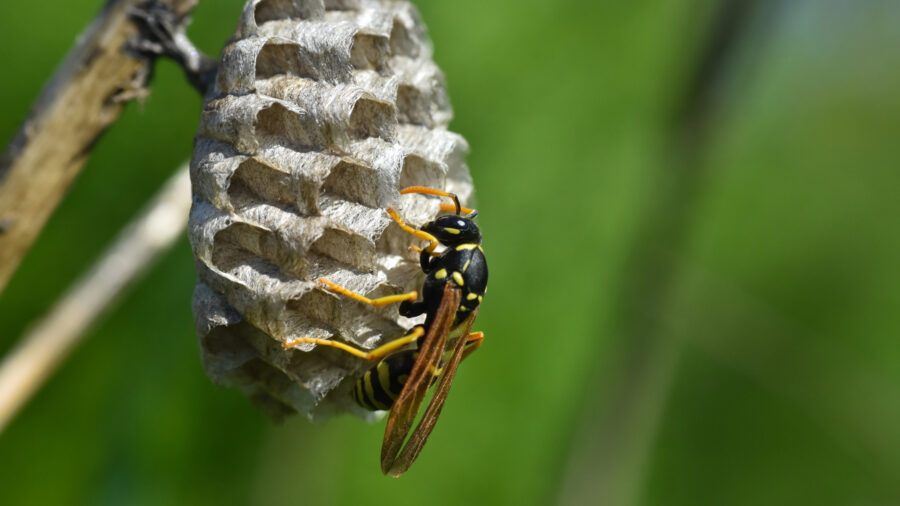
How To Get Rid of Paper Wasps
Living in the Sunshine State comes with its fair share of natural wonders, but along with the beauty of Florida’s

Living in the Sunshine State comes with its fair share of natural wonders, but along with the beauty of Florida’s
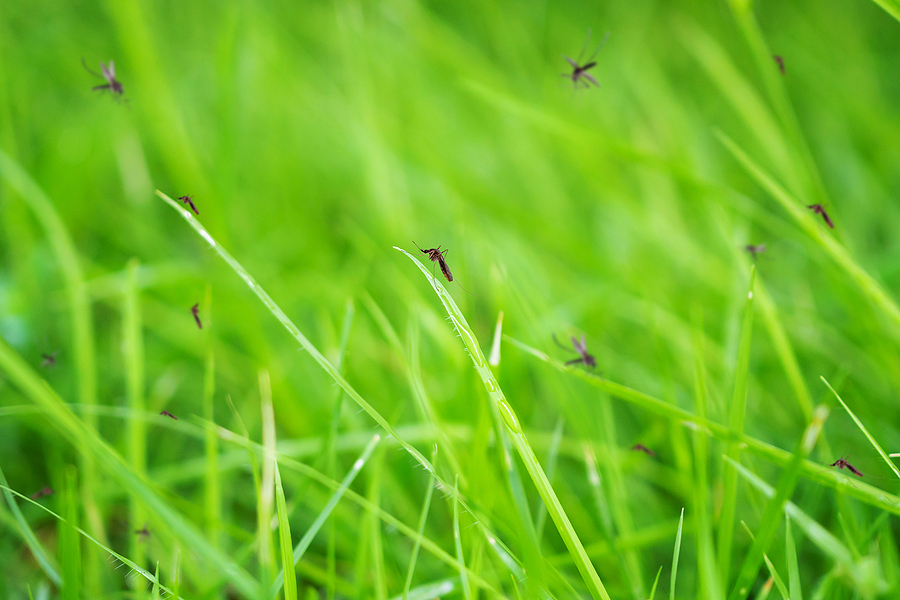
Mosquitoes can become quite an annoyance in your yard if they’ve infested in numbers! These pests are known to leave
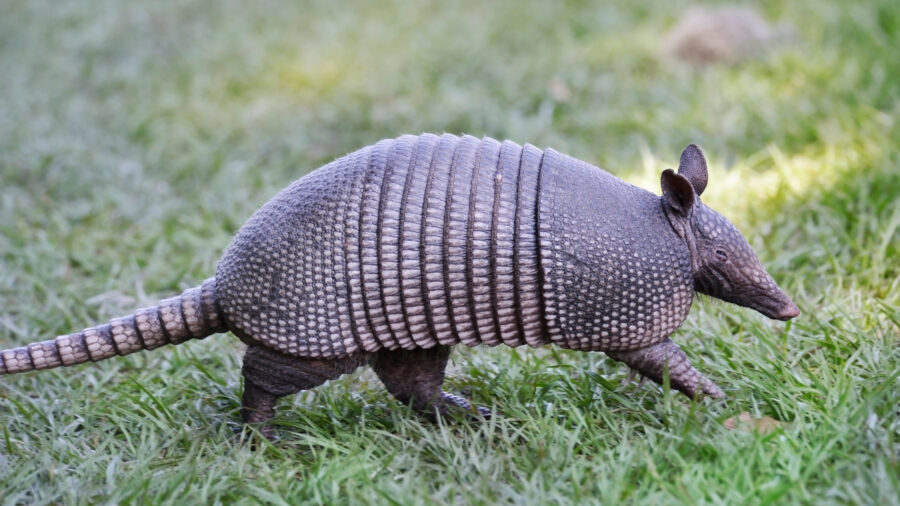
As spring unfolds in the Sunshine State, so does the wildlife activity. Florida’s lush landscapes and warm climate provide the

In a heartwarming display of community spirit, our Inside Sales team delivered three Easter baskets to St. Joseph’s Children’s Hospital
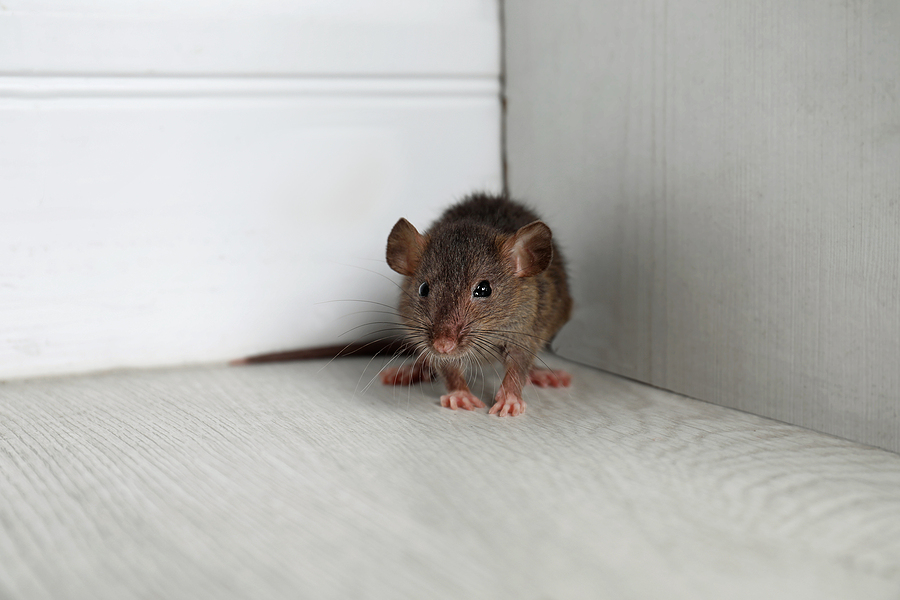
Rodents can bring contamination, spread disease, and destroy property at your Florida home, leaving you to deal with the clean-up.
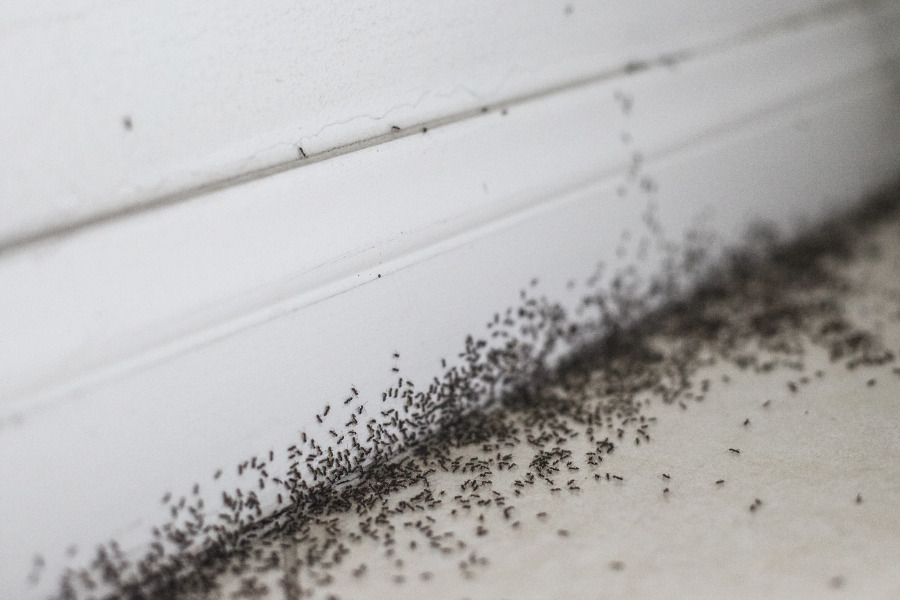
The kitchen is one of the most used areas in your home, making it vulnerable to an ant problem! There
Family operated since 1928. Quality Pro Certified. Delivering pest management solutions to commercial and residential customers throughout Florida. Call McCall…We do It All!

Complete the form below and a
McCall Team member will be in touch.